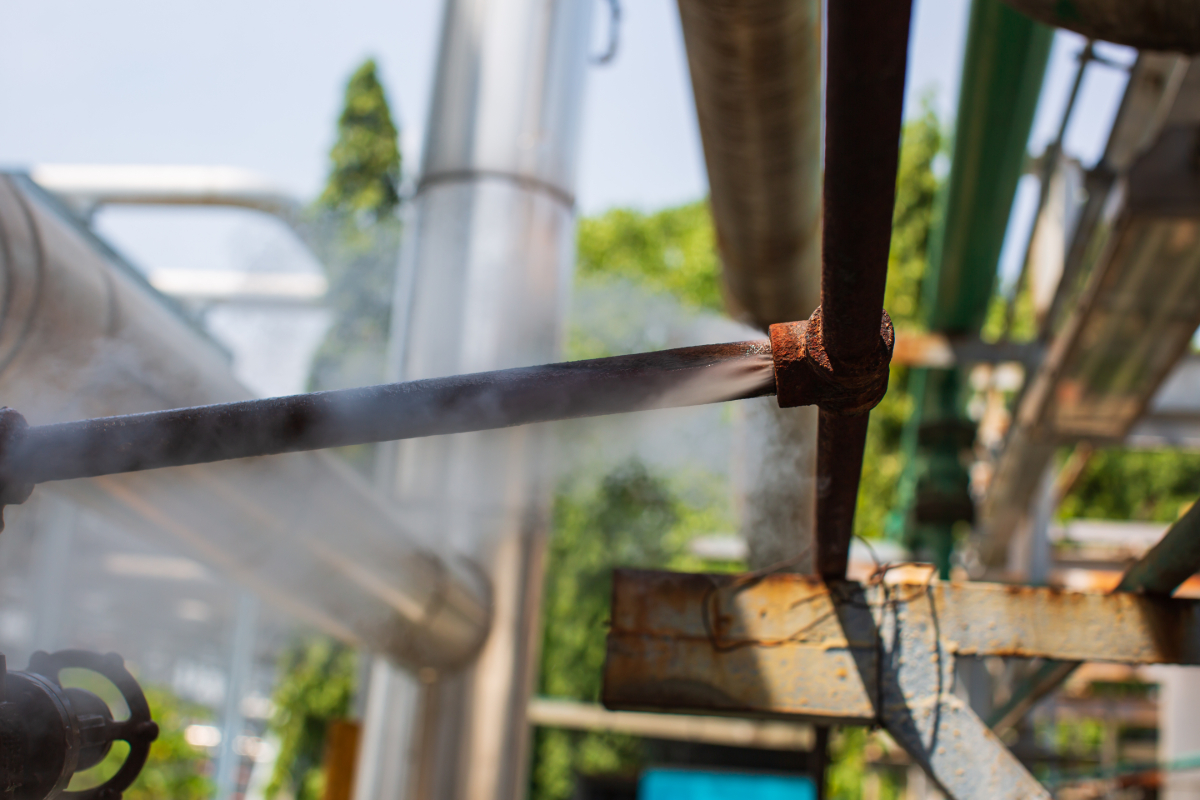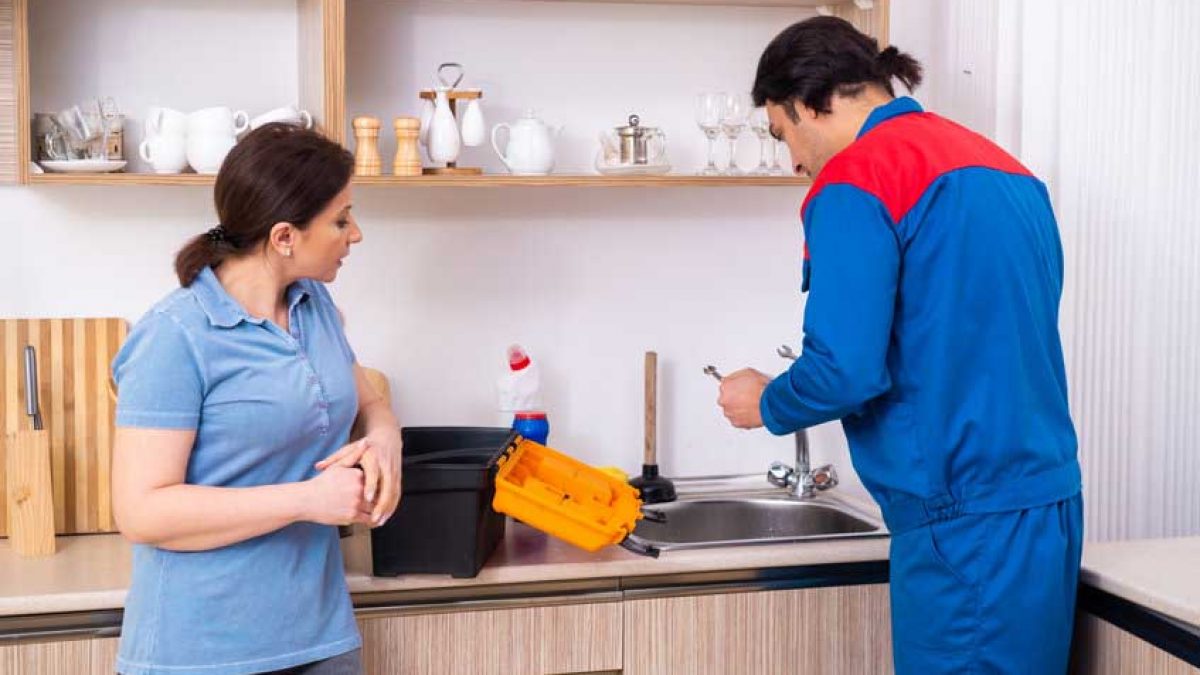Ways to Resolving Plumbing Challenges in Older Homes
Ways to Resolving Plumbing Challenges in Older Homes
Blog Article
Just about everyone maintains their personal thinking in relation to Common Plumbing Problems in Older Homes.

Older homes frequently feature appeal, character, and background, however they can also bring a host of pipes problems. Whether you're dealing with maturing pipes, low tide pressure, or leakages, knowing how to attend to these common issues is critical to maintaining a risk-free and functional home. In this guide, we'll explore the normal plumbing difficulties faced by older homes and supply useful remedies to keep your pipes in top shape.
Recognizing Usual Plumbing Problems
Aging Pipelines
One of one of the most usual issues in older homes is maturing pipes. Depending upon the period in which your home was developed, the pipelines might be made from materials that have actually weakened with time, such as galvanized steel, cast iron, or even lead. These materials can wear away, become fragile, or create leaks, bring about water damage and prospective carcinogen.
Low Tide Pressure
If you're experiencing low tide stress, it could be due to natural resources, deterioration inside the pipes, or old fixtures that are no more operating efficiently. This can be a major trouble, especially in areas like showers and sinks.
Leaking Pipelines
Leakages are an additional constant concern in older homes, usually brought on by rusty or worn-out pipes. Even little leakages can bring about substantial water damages, mold growth, and boosted water bills if not addressed promptly.
Obsolete Fixtures
Out-of-date pipes components such as taps, commodes, and showerheads not only look old however may likewise be less efficient, vulnerable to leakages, or inappropriate with contemporary plumbing requirements.
Pipe Rust
Rust is a typical issue in older pipelines, particularly those made from galvanized steel or actors iron. Rusty pipelines can limit water circulation, trigger staining, and at some point bring about leakages or pipe bursts.
Evaluating the Condition of Your Pipes
Checking Visible Pipes
Start by inspecting any noticeable pipes in your house, such as those in cellars, crawl spaces, or under sinks. Try to find indications of rust, leaks, or rust, which can indicate underlying issues.
Looking for Leakages
Check for leaks by evaluating locations around taps, bathrooms, and under sinks. You can likewise monitor your water meter prior to and after a period of no water use to spot covert leaks.
Water Top Quality Screening
Older pipes can affect the top quality of your water. Conduct a water high quality test to check for impurities such as lead, corrosion, or other contaminations that might be introduced by maturing pipelines.
Solutions for Typical Plumbing Problems
Replacing Aging Pipelines
If your home has old, degrading pipes, consider changing them with contemporary materials like copper or PEX. This can be a substantial investment, yet it will certainly avoid future issues and boost the security and integrity of your plumbing system.
Fixing Low Tide Pressure
To deal with low water stress, begin by cleansing or replacing old components and getting rid of mineral buildup in the pipelines. If the problem lingers, it may be essential to replace sections of corroded pipes.
Fixing and Replacing Dripping Pipes
For little leaks, you can make use of pipe clamps or epoxy putty as a short-lived repair. Nonetheless, it's finest to change leaking pipelines entirely to stay clear of further damages.
Upgrading Components
Upgrading old components to modern, water-efficient designs can boost your home's plumbing efficiency and lower water consumption. Look for fixtures with the WaterSense tag for the best efficiency.
Managing Pipeline Corrosion
If your pipelines are corroded, replacing them with corrosion-resistant products like copper, PVC, or PEX is the very best solution. Routine assessments and water quality maintenance can aid prevent even more rust.
When to Call a Professional
While some plumbing problems can be taken care of with do it yourself solutions, there are times when it's finest to employ a professional. If you're taking care of significant leakages, extensive corrosion, or are uncertain regarding the problem of your pipes, a licensed plumbing technician can give experienced assessment and repair work.
Preventive Maintenance Tips
Normal Inspections
Frequently check your pipes system for indicators of wear and tear. Catching problems early can avoid expensive repair services down the line.
Water Stress Guideline
Guarantee your water pressure is within the advised array to stay clear of emphasizing your pipelines and components. A plumbing professional can mount a pressure regulatory authority if required.
Water Top Quality Upkeep
Set up water filters or softeners if your water quality is poor. This can safeguard your pipes and fixtures from damage caused by tough water or impurities.
Aggressive Pipe Substitute
If your home has very old pipes, take into consideration aggressive substitute before major concerns emerge. This can conserve you from emergency situation repair work and water damage.
Conclusion
Handling pipes problems in older homes requires a mix of caution, precautionary maintenance, and prompt upgrades. By recognizing the usual difficulties and understanding when to look for specialist assistance, you can ensure your pipes system stays practical and dependable for years ahead.
Common Plumbing Issues in Older Homes and How to Fix Them
Owning an older home in Australia comes with its unique charm and a set of challenges, especially when it comes to plumbing. The Sunshine Coast has many older properties that can harbour plumbing problems that aren t just inconvenient but potentially costly. Here s a look at some common plumbing issues in older homes and expert advice on how to handle them.
Outdated Piping Materials
Many older homes were built with galvanised steel, cast iron, or even lead pipes, materials that are far from ideal by today s standards. Galvanised pipes are prone to corrosion and clogging, while lead pipes pose serious health risks.
How to Fix:
Replacing old pipes is a job for a professional. Upgrading to copper or PVC piping not only enhances water quality and flow but also increases the property s safety and value. If you suspect your home has outdated materials, a licensed plumber can conduct a thorough inspection and recommend the best course of action.
Corrosion and Pipe Degradation
Over time, exposure to water and minerals can cause pipes to corrode, leading to leaks, bursts, and water contamination. Corrosion is especially common in homes over 50 years old.
How to Fix:
Regular inspections can catch early signs of corrosion. If corrosion is found, the affected section of piping often needs to be replaced. For homes with extensive corrosion, a complete plumbing overhaul might be necessary. It s crucial to consult with a plumbing expert to understand the extent of the issue.
Tree Root Intrusion
Older neighbourhoods usually have mature trees whose roots can intrude into pipe lines, causing blockages or damage. This is particularly problematic for sewer lines, where roots seek out water sources.
How to Fix:
A plumber can use a specialised camera to inspect sewer lines for root intrusion. If roots are a problem, methods like root cutting or hydro-jetting can clear the obstruction. In severe cases, part of the pipe may need replacing. Consider root barriers around the piping to prevent future issues.
Inadequate Water Pressure
Low water pressure in older homes can be due to various factors, including corroded water lines, sediment build-up in pipes, or outdated fixtures.
How to Fix:
First, check if the low pressure is isolated to one area or throughout the house. Replacing old fixtures can sometimes resolve the issue. However, if the problem is more widespread, it might be due to sediment or corrosion. Flushing the system or replacing the affected pipes usually restores normal pressure. Again, a professional assessment is advisable.
Outdated Fixtures
Older homes often feature fixtures that are not only visually dated but functionally inefficient. This includes everything from toilets and taps to showerheads and washing machine hoses.
How to Fix:
Updating these fixtures can improve both water efficiency and the aesthetic appeal of your home. Modern fixtures are designed to conserve water, which can significantly reduce your water bill and lessen your environmental impact.
Conclusion
Maintaining the plumbing in an older home requires a proactive approach. Regular checks and updates are key to preserving these beautiful properties. If you re facing plumbing issues in your older home, it s best to call on experienced professionals like Green & Gold Plumbing & Gas. With the right expertise, even the most daunting plumbing problems can be resolved, ensuring that your home s character is maintained while its functionality is enhanced.
https://gandgplumbing.com.au/common-plumbing-issues-in-older-homes-and-how-to-fix-them/

As a keen reader about Common Plumbing Challenges In Old Buildings, I figured sharing that short article was really useful. For those who enjoyed our blog posting kindly consider to pass it around. I praise you for your time. Don't forget to come by our blog back soon.
Click For More Info Report this page